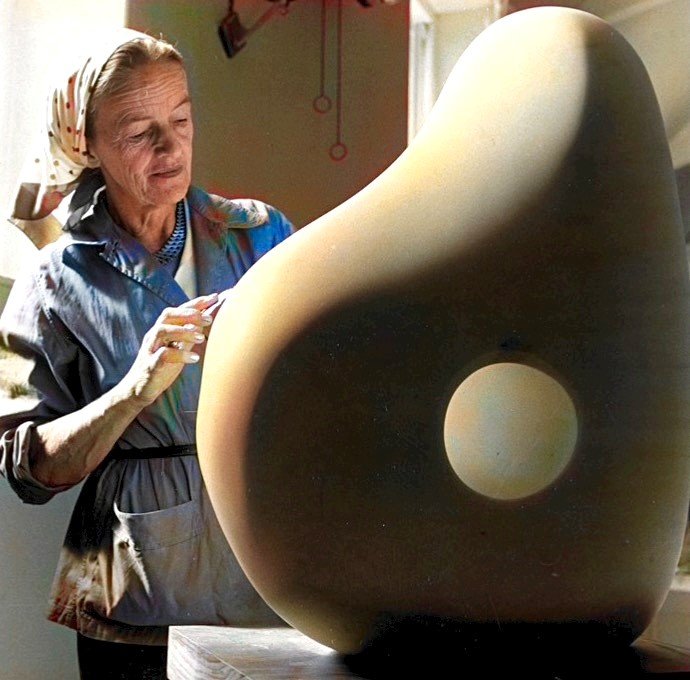The Groove Issue 87 - Allow The Ideas to Come to You
ALLOW THE IDEAS TO COME TO YOU
Have you ever been in a situation where you weren’t thinking about a problem you needed to solve?
In fact, you were doing something completely different, like being on vacation or tending to your children, when boom, the idea or solution hit you in the head like a ton of bricks?
That was because you “incubated” the answer.
You are already aware that the key to fulfilling a creative life and a thriving business is to have ideas of value that are uniquely yours and that can be materialized.
The issue is that many people fall under two traps when trying to come up with their best ideas: overdoing a certain behavior (like endlessly researching for something in the same place) or hopelessly waiting for the idea to come without taking a good amount of action first.
There is a space in between action and enlightenment called “the incubation period,” which was first named and placed in context in 1926 by Graham Wallas, a British psychologist.
Wallas described the creative process as four steps: preparation, incubation, illumination and verification.
How Barbara Hepworth Incubated Her Ideas
Barbara Hepworth with her sculpture “Mother and Child” in 1927.
Incubation is so important because it is the precursor to the solution. It’s the “aha” moment where all ideas originate. Researchers Smith and Dodds defined incubation as “a stage of creative problem solving in which a problem is temporarily put aside after a period of initial work on the problem”.
Sculptors are constantly coming up with solutions for problems with materials, scale, height, balance, and the overall safety of their work, while at the same time respecting the aesthetic nature of what it means to produce art.
Barbara Hepworth, the most important British sculptor along with Henry Moore, was not a stranger to pushing her ideas forward by allowing an incubation period.
Hepworth with her oldest child, Paul, and her triplets Rachel, Sarah, and Simon.
Hepworth had four kids, which she raised alone. She told art historian Cindy Nemser that she had to constantly shift her preoccupations in the studio for those around motherhood. “I used to cook and go into my studio… if I was in the middle of a work and the oven burned and the children called for me, I used to make an arrangement with music, records or poetry so that when I went back to the studio, I picked up where I left off.”
That is how she not only found her unique style but also created her best work, which eventually granted her a much-deserved spot in art history: abstract shapes made of stone, wood, and metal at a time when nobody was doing such a thing. Hepworth’s sculptures “framed the landscape” and asked for the viewer to see the world from a different point of view.
Just Let It Happen
Hepworth in her studio in St. Ives, Cornwall.
Incubation is the part of the creative process where things happen in the brain “behind the scenes”.
Ideas and concepts are hard at work in the subconscious mind, while the conscious mind is engaged in something else, or perhaps not even actively engaged at all.
Hepworth told Nemser that in her practice: “if there’s conflict, I have to sit down or go to sleep and solve it… I can’t make [the work] come, I can’t conjure it up. I can only go to sleep and hope it happens… You have to digest it and if you digest, you can contribute”.
All the studies around the incubation effect have already proven that this phase allows for a recovery from a fatigue that has resulted from conscious work.
The prerequisite is that the first phase has to be present, you have to put the work in before the breakthrough ideas come.
This is something Hepworth, who was in her studio carving materials, sometimes sketching her big public commissions, and taking photos of her work while also giving time to her family and taking breaks in between, knew all too well.
So when you have been looking for answers or solutions for a while without success, the best thing to do is…something else. Or maybe do nothing. Just let it happen.
You want to get deep into the art, business and science of creativity?
You can! In my bestselling book “How Creativity Rules The World” I give you countless strategies, tips, tricks and a blueprint that helps you not only generate ideas but also a path to turn them into gold.
My publisher HarperCollins is offering 20% off if you buy the hardcover on Amazon! Click on this link and add the code 5OFFCREATIVE at checkout.
Have you already watched my TEDx Talk: “NFTs, Graffiti and Sedition: How Artists Invent The Future”?
I share three lessons I have learned from artists that always work for anyone in their careers. Watch it here.
Thank you for reading this far. Looking forward to hearing from you anytime.
There are no affiliate links in this email. Everything that I recommend is done freely.



